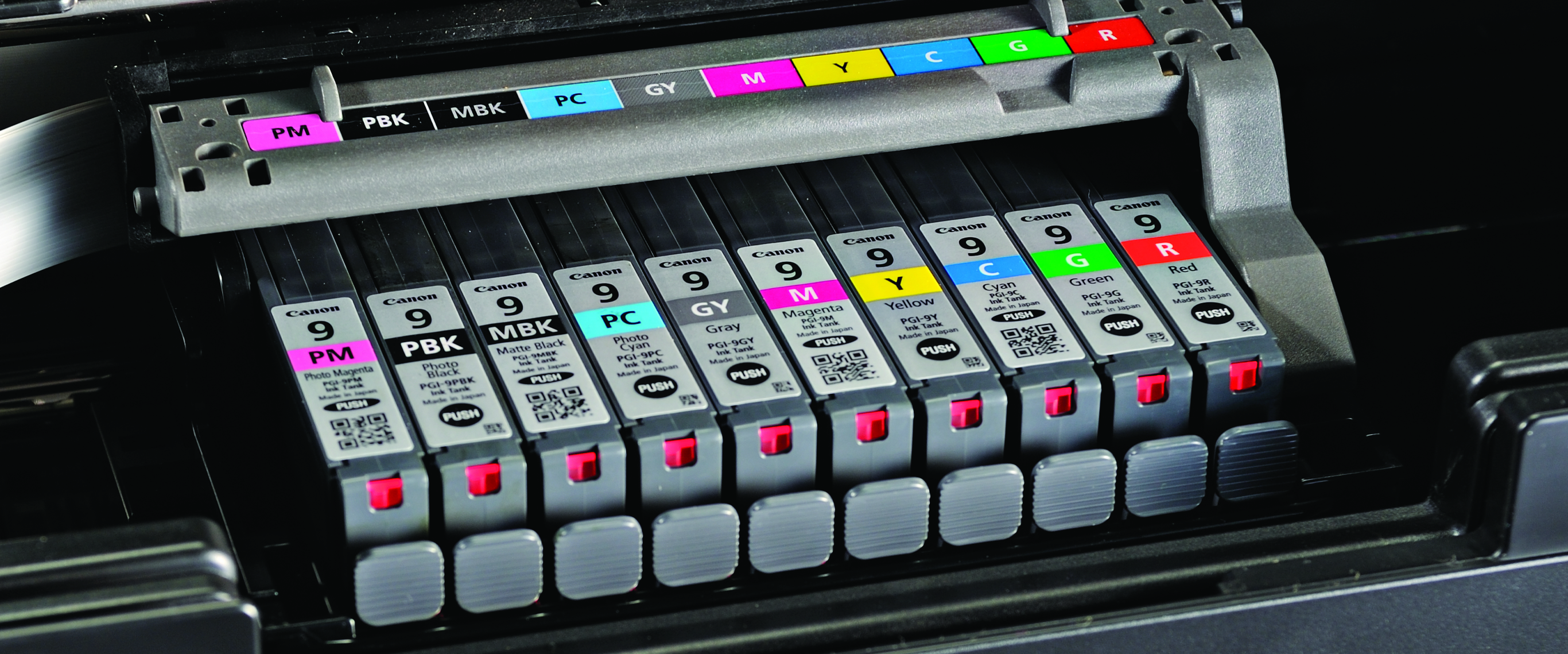Budget inks for printers - the pros and cons
Are third-party options a good idea for your printing needs?

Ink is sometimes referred to as liquid gold in the photography community. High-quality photographic inks command a high price, which can be limiting to users who do not regularly create income by making prints as part of their business.
This is more of a problem when the overall print throughput is low, where images are being printed in the tens of copies per month, rather than hundreds or thousands. In these cases ink can dry in the cartridges and print heads, resulting in costly wastage.
• Read more: Best 3D printers
A popular solution is to buy third-party ink cartridges, instead of those provided by the major printer manufacturers.
Historically these options have been known to cause complications, resulting in lower-quality prints or even printer damage, so understanding the pros and cons of replacement systems is useful.
Pro: Cartridge capacity
Why you can trust Digital Camera World
As well as lower overall cartridge prices, some third-party options offer advantages in cost per millilitre.
For a similar price to the proprietary inks, it is possible to buy cartridges with a greater capacity, which will produce more prints and reduce the frequency with which replacements must be sourced.
Some inks can be bought as part of an ink flow system, which also yields a lower cost per page.
Pro: Universal compatibility
If you find an ink that produces a tonality and colour depth you like, in combination with a certain paper, it can be frustrating to lose these properties should you change printer manufacturer.
While some third-party inks are tailored for Epson or Canon specifically for example, others can be used on a cross-brand basis.
Pro: Long-term savings
Investing in higher-quality inks ensures print longevity, but even the more expensive third-party types will offer significant cost reductions over time.
For photographers producing an intermediate print output, yearly savings provide a reliability/cost balance.
Con: Paper compatibility
Epson inks are produced to be used with same-brand printers and paper, as are those made by Canon and many other mainstream photo printer companies.
Using third-party inks may still produce usable prints, but you may as a result experience reduced display life, poorer colour fidelity and inferior reflective characteristics with otherwise proven papers.
Con: Loss of extra functionality
Mainstream inks often have dual functions. As well as creating prints, manufacturers sometimes incorporate solutions and substances into the pigment composition to perform maintenance tasks.
A frequent example is print head cleaning, for which ink is passed through the printer to dislodge solidified ink and clear out grease and particulates, which may block the nozzles and impair print quality. These properties may not be found in some less-expensive ink cartridges.
Con: Lack of availability
Many third-party options can only be easily sourced online and are not available from the main high-street retailers.
Whereas Epson, Canon, Lexmark, Brother etc have their inks distributed to the likes of Currys, PC World (and in the case of photo inks, specialist stores such as Jessops), cheaper alternatives are often not stocked in abundance.
This can prove inconvenient if there are delays in deliveries after orders, especially if you need to make prints quickly.
Conclusion
If you can accept the potential complications of managing non-dedicated pigments, third-party ranges need not trade quality for cost.
There are some excellent products available that match or even exceed the printer manufacturer’s offerings, and which can help make regular printing of your digital files a financially viable prospect.
Get the Digital Camera World Newsletter
The best camera deals, reviews, product advice, and unmissable photography news, direct to your inbox!
Digital Photographer is the ultimate monthly photography magazine for enthusiasts and pros in today’s digital marketplace.
Every issue readers are treated to interviews with leading expert photographers, cutting-edge imagery, practical shooting advice and the very latest high-end digital news and equipment reviews. The team includes seasoned journalists and passionate photographers such as the Editor Peter Fenech, who are well positioned to bring you authoritative reviews and tutorials on cameras, lenses, lighting, gimbals and more.
Whether you’re a part-time amateur or a full-time pro, Digital Photographer aims to challenge, motivate and inspire you to take your best shot and get the most out of your kit, whether you’re a hobbyist or a seasoned shooter.

